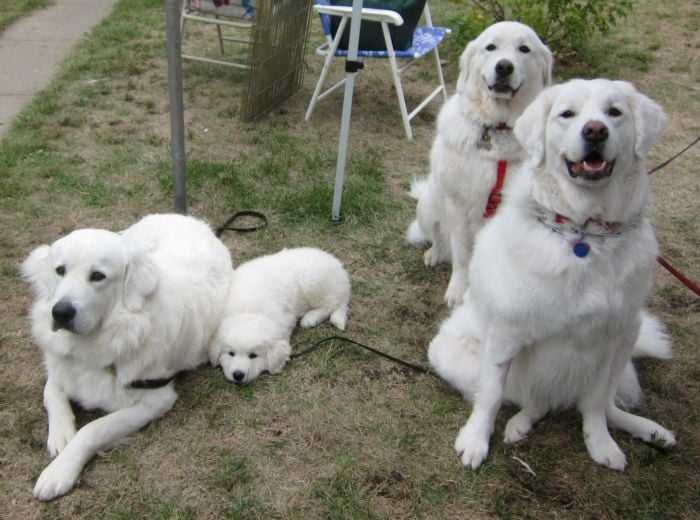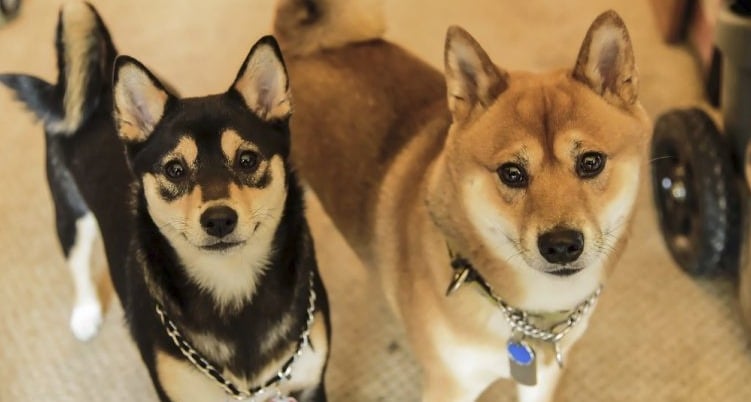10 Things You Didn’t Know About the Polish Tatra Sheepdog

The Polish Tatra Sheepdog is a large dog breed that, as its name suggests, originates from Poland. Despite having a long history, this is not a breed that people know much about as it is quite rare and is not well-known internationally. Despite this, the Polish Tatra Sheepdog is an interesting breed and has many good qualities. Here are ten interesting facts that you probably didn’t know about the Polish Tatra Sheepdog.
1. It Was Bred to Protect Livestock
The original purpose of the Polish Tatra Sheepdog was to protect livestock, usually sheep. The exact date when they were first bred is unknown, but it is believed that they have been around for thousands of years. They come from Podhale where they guarded sheep in the Tatra Mountain area of Poland. Rather than attacking animals who were a threat to the sheep, they would use intimidation to prevent an attack.
2. There Are Approximately 7,500 in the World
The Polish Tatra Sheepdog is one of the rarest dog breeds in the world. In fact, there are currently only around 7,500 of this breed registered. This number could rise in upcoming years as it is becoming more popular and this is increasing demand for puppies of this breed.

3. They Are Most Common in Poland
As this breed was originally bred in Poland, this is the country where they are still the most common as 600 of the registered Polish Tatra Sheepdogs reside in this country. However, they are gradually becoming more popular in other areas of Europe, especially France and the Netherlands. It is also gaining more recognition internationally.
4. They First Came to America in 1980
Despite having a history that is believed to span thousands of years, the Polish Tatra Sheepdog did not arrive in the United States until 1980. They were brought to America by an American Foreign Officer who admired the breed and had three dogs shipped to the United States. There are currently around 300 in the United States. Despite having arrived in the United States almost 40 years ago, the breed is still not registered with the American Kennel Club.

5. They Need Lots of Exercise
This dog has lots of energy and needs to stay active. A long walk each day is recommended by dog experts and vets. This breed is ideally suited to a home with a large garden, so they can burn off some energy. They are not well-suited to apartment living.
6. Hip Dysplasia is Relatively Common for This Breed
This dog is generally considered a healthy breed and their average lifespan is around 10 to 12 years. One condition to which they are prone is hip dysplasia. However, this is not specific to the breed, it is simply because they are a larger dog breed and this increases the risk of developing this condition.

7. They Are Friendly with Other Animals
This is a good choice of breed if you have other pets living in your home as they are known as being friendly towards other animals and are unlikely to bite. This is possibly because of their background in guarding livestock.
8. They Are Always White
One of the most outstanding features of the Polish Tatra Sheepdog is their thick, white coat. There are no other color variations of this breed as all Polish Tatra Sheepdogs are white. Their coat is wavy with a curly top.

9. They Once Faced Extinction
Although this has always been a rare breed, they once faced a particularly difficult time in terms of numbers following the World Wars. It was feared that the Polish Tatra Sheepdog would become extinct. The Federation Cynologique Internationale, or FCI, did not want this to happen and decided to put measures in place to prevent the extinction of the breed. They started an intensive breeding program during the 1960s to increase numbers.
10. The Polish Tatra Sheepdog is Most Commonly Kept as a Family Pet
Although the Polish Tatra Sheepdog was originally bred to guard livestock, they are rarely used in a working capacity. In fact, there are only 150 of this breed known to work. This breed is now most commonly kept as a pet as they have excellent traits that make them ideal for living in a family environment, such as loyalty, intelligence, independence, and a placid temperament.






